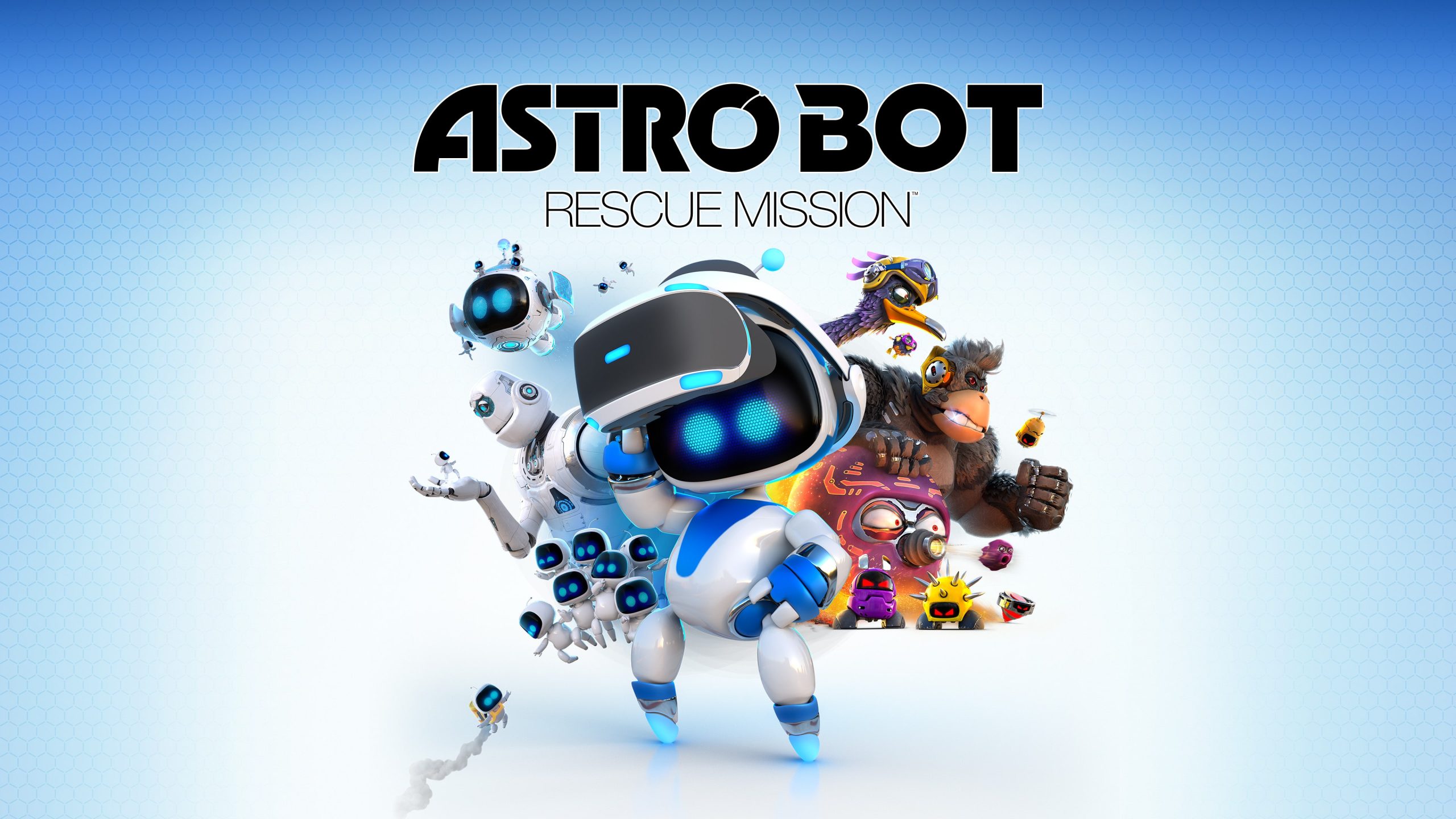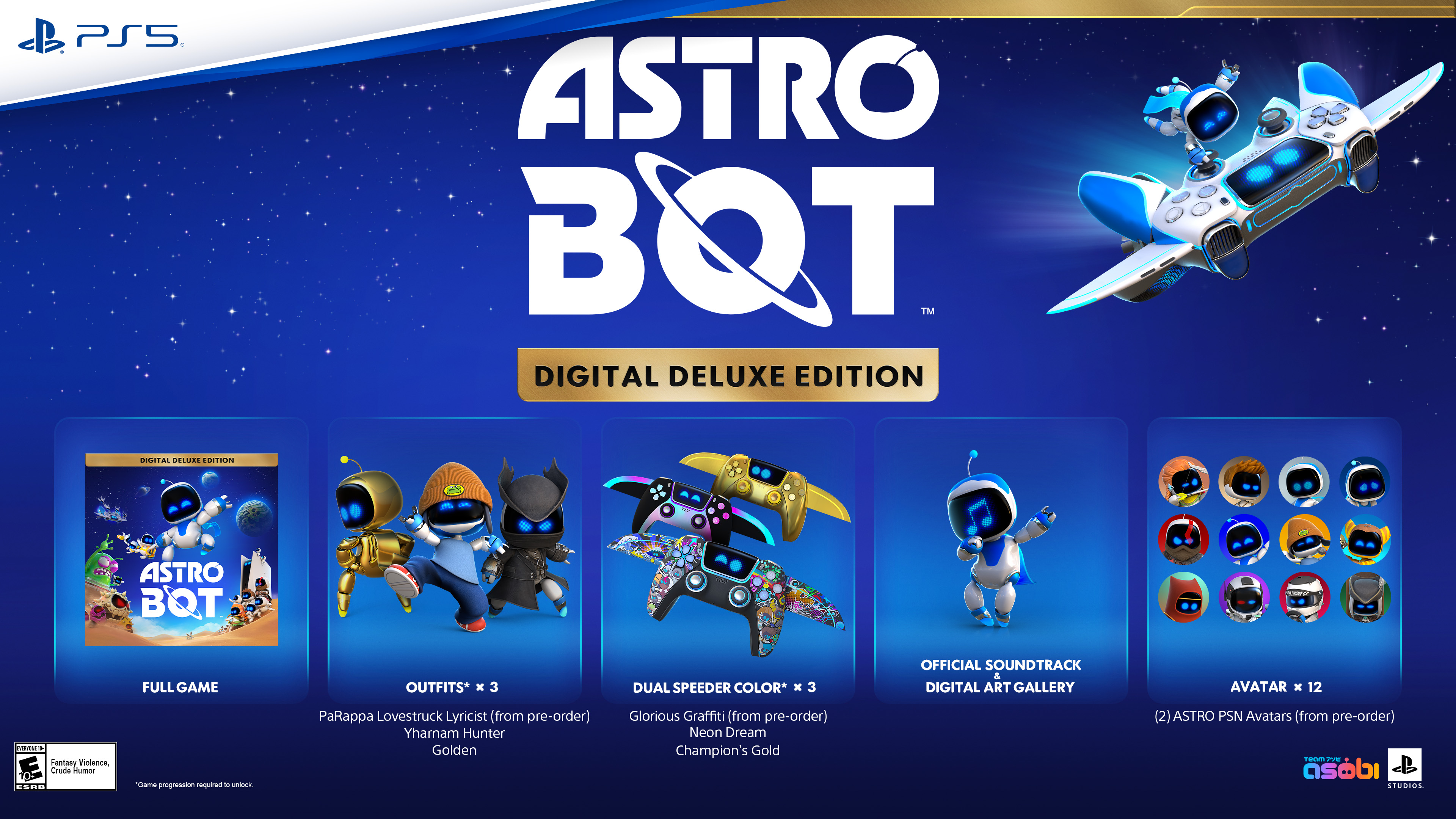Has any summer ending and return been as exciting as that of 2024? Following the releases of Black Myth Wukong and Star Wars Outlaws, which came out just days apart, Astro Bot is now set to debut exclusively on PS5, capturing the interest of fans of 3D platform games. The immediate question we consider is whether the positive impressions from our hands-on preview two months ago have been realized in the final version? Spoiler alert: it absolutely delivers.
In fact, who would have anticipated that the small PS5 robot, initially offered as a free demo to showcase Sony’s new console, would evolve into a benchmark for 3D platforming? We sensed its potential in Astro Playroom in 2020, but there was no indication that Team Asobi would develop such proficiency in the genre. I can confidently say that since then, I have not enjoyed a 3D platformer as much as this one; even Super Mario Odyssey left me wanting more, whereas Super Mario Galaxy 2 did not. The success and quality of Astro Bot should make Sony recognize it has genuine talent within to invest in platformers, which are far too rare in its ecosystem.
LIKE THE GOOD OLD DAYS OF PS2
Over the years and generations, PlayStation has built a solid reputation for solo narrative games, establishing it as a trademark of Japanese game construction. People purchase PlayStation for these licenses that offer beautiful stories coupled with robust gameplay. However, there is a genre of games that are noticeably absent on PlayStation machines or becoming increasingly rare: platformers, especially 3D platformers. While some third-party studios and publishers attempt to break into this space, one often thinks of Sonic or the revival of Crash Bandicoot, but these appearances remain infrequent. At Sony and PlayStation Studios, there is a noticeable scarcity in this area. Of course, I don’t forget about Sackboy, which was released alongside the PS5 four years ago; however, the game did not leave a memorable impression. We gave it a 14/20 at the time. It’s important to remember that during the PS2/PS3 generation, Sony attempted to follow in Mario and Nintendo’s footsteps by offering great platforming licenses such as Ape Escape, Jak & Daxter, Ratchet & Clank, LocoRosso, Sly Raccoon—there were several attempts, often successful—and it is unfortunate that these series are not part of today’s video game landscape. However, considering the quality of Astro Bot and if its commercial success is confirmed, Sony must invest more in 3D platformers; PlayStation needs it, we need it. Why? Because I have rarely enjoyed playing a game as much in recent years; I devoured it in one go. I played the game non-stop for three days, and although I did not platinum it, completing the main story took me about 15 hours. I know other journalists who platinumed the game within 15 hours, but I can guarantee that, regardless of whether it was for the main story or the Platinum achievement, these 15 hours were pure enjoyment from start to finish.
What makes Astro Bot a particularly pleasing and exciting game? Firstly, its universe builds upon what was introduced four years ago with Astro Playroom—a fully robotic world characterized by a distinct aesthetic that is instantly recognizable. Characters, flora, fauna, and objects are all meticulously and consistently designed, immersing players in this soft and inviting environment. There’s a certain roundness and warmth to it that makes one feel at ease within the game’s world. It is colorful and vibrant, with levels filled with animated elements that encourage exploration. Millions of details occur on screen, creating a genuine connection between the player and the game, appreciated by purists like myself for its attention to detail. The character animations are impressive, including bending vegetation as Astro moves through it, footprints in sand, snow, mud, water droplets trailing behind Astro when emerging from water, and the superb depiction of seas and other fluids within the game.
SURGICAL GAMEPLAY
The appeal of Astro Bot extends beyond its impressive graphics; the gameplay itself stands out as the game’s greatest achievement, reflecting Team Asobi’s exceptional skill. One is particularly struck by the game’s remarkable fluidity—the seamless integration of all elements creates an almost surgical precision in tempo, allowing players to execute actions effortlessly due to responsive and accurate controls. Each aspect—from movement speed to diverse jumps, attack mechanics, and obstacle navigation—is finely tuned, showcasing a natural intuitiveness that demonstrates Team Asobi’s mastery of the genre. Historically, only Nintendo has achieved such proficiency with its renowned ‘gameplay school’, but Astro Bot now places Team Asobi alongside them as a master of 3D platformers. The sensation of continuous fluidity is bolstered by the absence of loading times; there are no interruptions to gameplay, making even the most challenging levels addictive due to their seamless flow. Losing, falling, and restarting quickly preserves the crucial tempo needed for rapid reflexes.
IDEA FACTORY
A great platformer is also judged by the quality of its ideas, and Astro Bot demonstrates it is now among the top-tier games. Beyond its basic abilities, Astro receives gadgets that enhance its capabilities, often tailored to specific levels. These are animals that attach to our little robot’s back, enabling previously impossible feats. For example, the dog allows Astro to charge straight ahead like an irate rocket, which is useful for breaking through certain walls and barriers as well as crossing chasms. The chicken permits a brief flight at high speed to reach high platforms and break decorative elements. The penguin assists with underwater movement and building momentum for large leaps out of water. The elephant can suck up fluid to create platforms, allowing passage through empty spaces or gaining height. The octopus enables Astro to inflate like a balloon for limited flight, while the timer slows time, making previously impossible actions possible. Do not overlook the mouse, which shrinks Astro to access tiny spaces and hidden spots that were unsuspected before. Familiar from Astro Playroom, the monkey and frog allow Astro to punch enemies and sticky elements and cling to certain environmental components. All this is seamlessly integrated into the game with masterful level design, making it a true success.
Like any respected platformer game, Astro Bot is divided into multiple worlds or planets, each distinct and offering various environments to traverse. From urban settings to lush jungles, stunning aquatic levels, snowy landscapes, Aztec temples, pyramids buried in sand, Japan-inspired universes, and even levels inspired by other PlayStation franchises such as God of War, The Last of Us, Bloodborne, Horizon, Ape Escape, Jak & Daxter, Ridge Racer, Journey, Ratchet & Clank, Street Fighter, Tomb Raider, Persona, Katamari Damacy, Metal Gear Solid, Mouse, and more. The game not only references these titles but also includes numerous cameos and Easter eggs from various video game franchises.
The game by Team Asobi also effectively caters to the collector’s mindset and the desire to complete everything. In essence, when choosing between two solar systems to clean, it is common to return to the bot base not only to collect all the robots found in each level but also to upgrade your base. Certain sections of this quieter hub unlock based on the number of bots you own, allowing access to more bots, revealing secrets, and advancing the story. The narrative is straightforward, involving the recovery of all material components from a dismantled PS5 spaceship by a green alien. Additionally, Astro Bot makes full use of the DualSense’s features: touchpad, gyroscopic effects, microphone, haptic feedback, and adaptive triggers, leaving no capability unutilized, thereby providing an enjoyable gaming experience.
The dosage is perfect.
Astro Bot Rescue Mission is a platformer game developed by Team Asobi and published by Sony Interactive Entertainment. The game centers around Astro Bot, a small robot on a mission to rescue his crew from an alien invader. It offers precise controls, fluid gameplay, and a range of gadgets that provide Astro with new abilities. These include animal companions like a dog for wall-charging, a chicken for brief flights, a penguin for underwater movement, an elephant for platform creation using water, a puffin for temporary flight, and a mouse for shrinking to access small spaces.
Have any thoughts?
Share your reaction or leave a quick response — we’d love to hear what you think!




